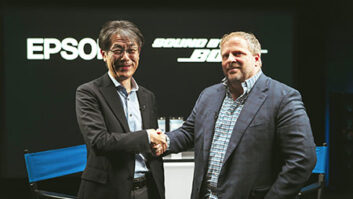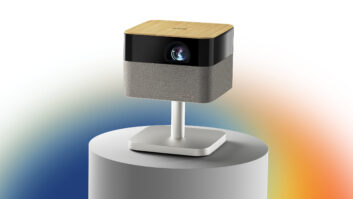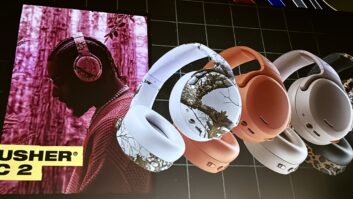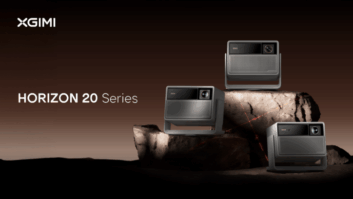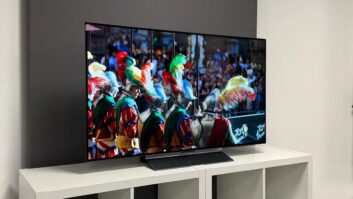NEW YORK – News of the passing of Amar Bose and William “Bill” Kasuga, two icons who helped create and shape the audio industry, were made public within a week each other earlier this month.
Bose, 83, founded his namesake company in 1964. The date of his death was not disclosed, but was announced July 13. Kasuga, 98, co-founder of Kenwood Electronics with George Aratani in 1961, died on July 5.
Yet for Bose and Kasuga, who are both members of the Consumer Electronics Hall of Fame among many other accolades, their backgrounds and how they got involved in the home audio business couldn’t have been different.
For instance, Bose was a professor of electrical engineering at the Massachusetts Institute of Technology (MIT) starting in 1956 and left the faculty in 2001. But his obsession with “natural sound,” as he put it, began in the 1950s when his research led to the development of patents in acoustics, electronics, nonlinear systems and communication theory.
He formed Bose Corporation, which employs 10,000 people worldwide and posts revenues of more than $2.8 billion. And in 2011, Bose gave the majority of the company’s stock to MIT in the form of nonvoting shares.
In the audio industry, Bose was a contrarian who spoke out against the common wisdom in loudspeaker design and how speaker performance should be measured. In 2007, he recalled that he bought his first hi-fi system solely on the basis of products specs and without listening to it. He said he was thoroughly “embarrassed” by his choice when he took it home and turned it on. “I had no interest in acoustics,” but the system “had about the best specs available.” The disparity became “a problem that began to obsess me,” he said.
After building products for the U.S. military, Bose’s major introductions included its first home product, the 901 Direct/Reflecting speakers, in 1968. The company entered the professional audio field in 1972.
In the early 1980s, Bose launched the world’s first factory-installed sound systems designed for specific car models and debuted in 1986 its first noise-canceling headphones for commercial applications.
The company was an early advocate of simplifying the set-up of hi-fi equipment in home audio by packaging speakers and electronics into a single purchase, and it also pioneered the concept of unilateral retail pricing in the home audio industry well over a decade ago.
Kasuga was not a scientist but a U.S. Army veteran who aspired to be an entrepreneur. He was born in the United States in 1915 but was sent to Japan by his father with his siblings when he was 3 after his mother died in the 1918 influenza epidemic. He returned to the U.S. at 16 to master English and finish high school.
He went on earn an economics degree at the University of San Francisco in 1941 but after the U.S. entered World War II, Kasuga was placed in a Japanese internment camp in Arizona in May 1942. To escape the conditions of the camp, he volunteered for the U.S. Army where, being fluent in English and Japanese, he taught language to intelligence personnel.
When the war ended, he stayed in the Army until 1958, marrying his wife Sadaye and raising two children, but he desired a civilian life as an entrepreneur.
A friend told him about A&A Trading Corp., which imported Japanese audio equipment for RadioShack. A&A hired him as a sales manager, and he moved his family to New York City.
Three years later Kasuga struck out on his own, co-founding Kenwood Electronics with Mikasa dinnerware president George Aratani in 1961 as a distribution company for Japanese audio manufacturer Trio.
Aratani passed away in February at 95.
He gradually built Kenwood into a major consumer brand synonymous with quality home and car stereo systems. Kenwood USA is responsible for bringing several groundbreaking products to market, including the first audio/video amplifier for home theater and the first anti-theft car cassette deck that could slide out of the dash.
Trio eventually bought Kenwood Electronics from Kasuga and adopted the Kenwood brand name worldwide. The American company changed its name to Kenwood USA.
In 1993, as the company enjoyed sales of more than $500 million and more than 300 employees, Kasuga was named chairman of Kenwood USA. He retired as chairman in 1995 but remained a trustee and advisor for many years.
The stories of these two industry giants show entrepreneurs can come from a wide variety of disciplines and backgrounds.
This story was based on obituaries by Joseph Palenchar and John Laposky that appear on TWICE.com along with a blog about Kasuga.




